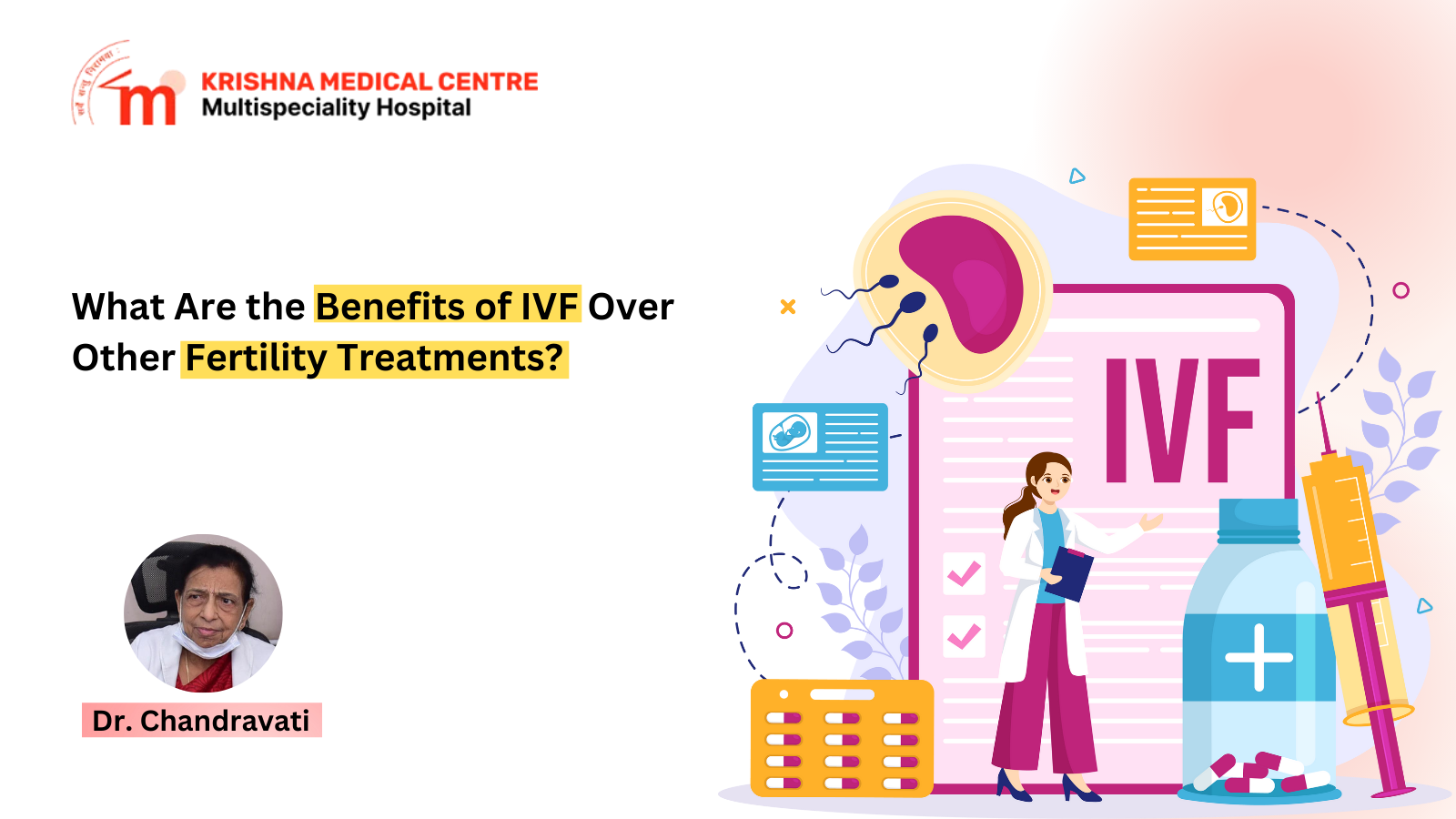In vitro fertilization (IVF) is an assisted reproductive technology designed to help individuals and couples conceive. It involves the fertilization of an egg with sperm outside the body, in a laboratory setting. This method may be recommended for those who face challenges conceiving naturally due to medical conditions or unexplained infertility. Here is more information on this technology, how it works, and how it compares to other fertility treatments:
What Is In Vitro Fertilization?
In vitro fertilization is a form of assisted reproductive technology that helps individuals or couples conceive when natural methods have been unsuccessful. The process involves fertilizing an egg with sperm in a controlled environment outside the body. IVF is used for various fertility challenges, including issues with ovulation, fallopian tube blockages, or male infertility factors. This approach provides an opportunity to overcome difficulties that may otherwise prevent conception.
What Does the Process Involve?
The IVF process typically begins with ovarian stimulation, where medications encourage the ovaries to produce multiple eggs. Regular ultrasounds and blood tests are used to monitor progress and determine the timing for egg retrieval. Once ready, the eggs are collected using a minor surgical procedure.
The retrieved eggs are then fertilized with sperm in a laboratory setting, resulting in the formation of embryos. The healthiest embryos are selected and transferred into the uterus. A pregnancy test is conducted two weeks after transfer to confirm the results. Remaining embryos can be frozen for potential future use, providing additional opportunities for conception.
What Are Other Fertility Treatments?
Assisted reproductive technology spans more than just IVF. Other fertility treatments include:
- Ovulation Induction: This treatment involves using medications to stimulate the ovaries to produce eggs. It may be recommended for individuals with irregular or absent ovulation cycles.
- Egg Freezing: Egg freezing allows individuals to preserve their eggs for future use. Eggs are harvested, frozen, and stored until individuals are ready to attempt conception.
- Intrauterine Insemination (IUI): IUI involves placing sperm directly into the uterus during ovulation. It is a less invasive option than IVF that may be used when the cause of infertility is mild or unexplained.
These treatments offer flexibility, allowing for individualized care based on specific needs, thereby broadening options for those seeking reproductive assistance.
How Does IVF Compare?
IVF stands out among fertility treatments for its success rates and adaptability. Unlike some treatments, IVF can address a wider range of infertility causes, including severe male factor infertility or damage to fallopian tubes. Other fertility treatments may not work for individuals with more complex or severe infertility issues, making IVF a beneficial option. While IVF involves more steps, its comprehensive nature may justify the commitment for those facing significant challenges.
Which Is Right for You?
Choosing the right fertility treatment depends on several factors, including the cause of infertility, age, medical history, and personal preferences. Each approach has its benefits and factors to evaluate. Ovulation induction and IUI are less intensive options, but they may not suit all fertility scenarios.
IVF offers a broad range of applications and a tailored approach, benefiting more complex cases. Consulting with a fertility specialist can provide a clear assessment of which treatment aligns with your specific circumstances. Specialists assess factors and conduct tests to recommend a personalized pathway.
Improve Your Chances of Conceiving
Navigating fertility treatment options can be complex, but understanding the possibilities can bring clarity. If you’re ready to explore the next step in your fertility journey, consult with a specialist to determine the most appropriate treatment. With tailored care and advanced options, you can take a strategic approach to improve your chances of conceiving.

